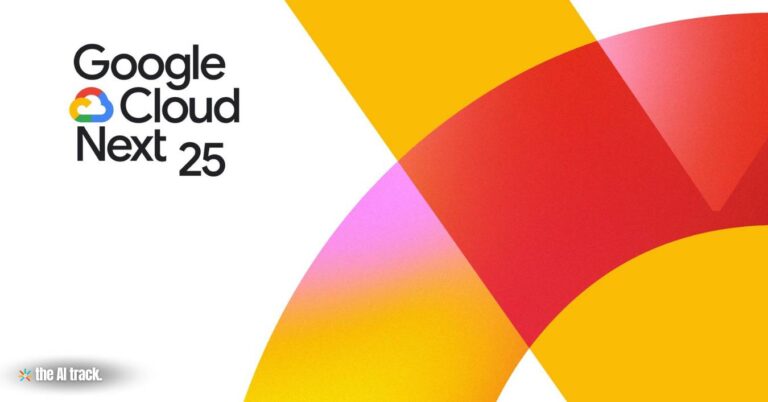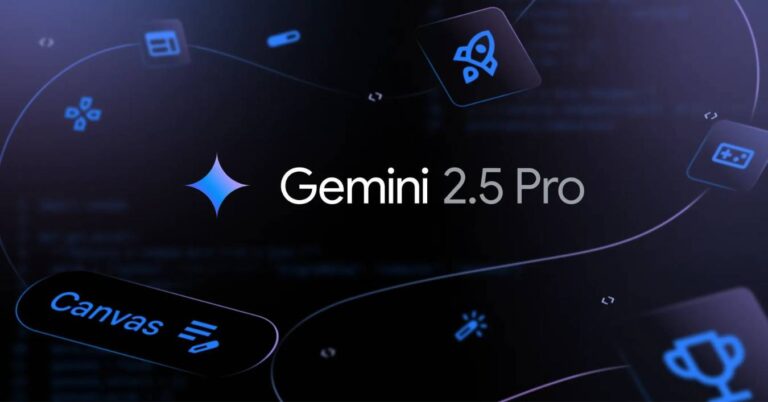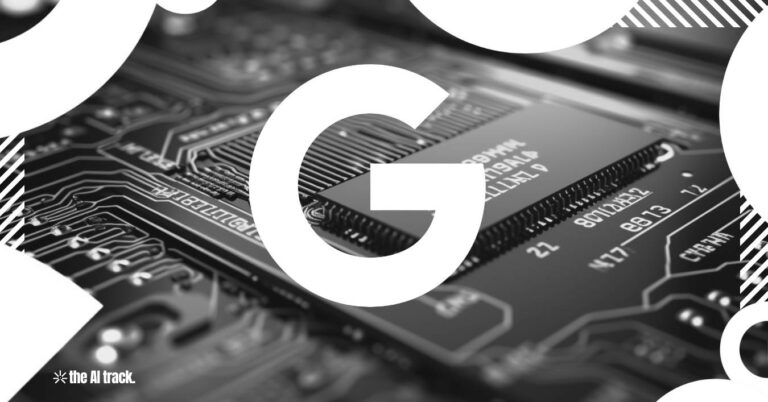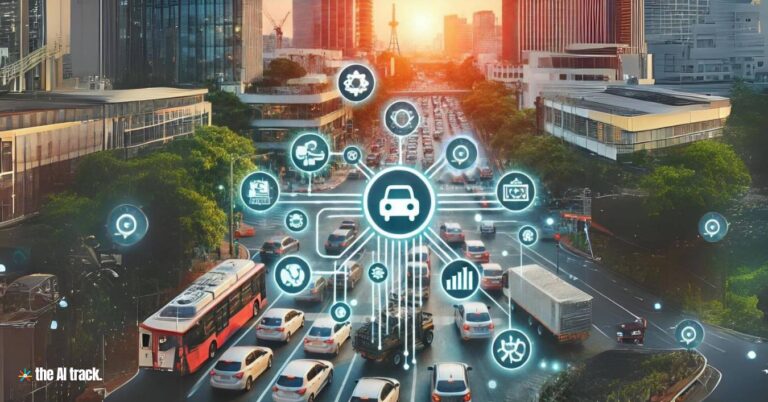Google Cloud Next 2025 showcased major advancements in AI, cloud infrastructure, security, and developer tools, emphasizing AI’s role in future enterprise solutions and unveiling next-gen hardware, software platforms, and partnerships. Recent updates reinforce Google’s strategy by highlighting stronger AI hardware performance, broader agent ecosystems, deeper infrastructure capabilities, developer momentum, and expanded security innovations.

Google Cloud Next 2025 – Key Points
Ironwood TPU Launch:
Google introduced Ironwood, its 7th-generation TPU offering up to 42.5 exaflops, surpassing today’s top supercomputers like El Capitan. Each chip delivers 4,614 TFLOPs and scales to 9,216 chips per pod via a high-speed Inter-Chip Interconnect (ICI) network consuming nearly 10 MW. Ironwood delivers 10x better performance than its predecessor, 29x more energy efficiency than Google’s first TPU, and 3,600x its original performance. Each chip includes 192 GB of high-bandwidth memory — 6x more than previous generation Trillium TPUs. It is optimized for Gemini 2.5 and large-scale AI workloads, aiming to challenge NVIDIA and Microsoft in AI hardware acceleration, and will be available later in 2025.
Gemini 2.5 Pro and Flash:
Gemini 2.5 Pro is now live across AI Studio, Vertex AI, and the Gemini app, offering advancements like large-scale simulations (e.g., Earth’s magnetic field). Gemini 2.5 Flash, a lightweight variant, is optimized for low-latency, high-volume interactions such as customer support and document summarization. It dynamically adjusts reasoning depth based on query complexity for better cost efficiency and is coming soon to Vertex AI and AI Studio.
Google Unified Security (GUS):
New converged security platform combining Google Threat Intelligence, Mandiant services, and Cloud Security Command Center. Key new tools include the Alert Triage Agent (automated security investigations) and the Malware Analysis Agent (harmful code detection and deobfuscation). The platform reduces manual analyst workload by 40%. It integrates threat intelligence, security operations, cloud security, and secure browsing into one suite, leveraging Gemini AI and Mandiant expertise for enhanced threat detection.
Veo 2, Imagen 3, Chirp 3, and Lyria:
Google’s media generation models now offer enhanced video (Veo 2) with multi-angle cinematic techniques, editing, and precision in reusing content. Imagen 3 now offers superior inpainting capabilities for reconstructing missing or damaged parts of images. Chirp 3 introduces Instant Custom Voice, creating personalized voices with just 10 seconds of audio input. Lyria enables high-fidelity text-to-music generation across diverse musical styles and is now fully integrated into Vertex AI.
Agentspace and Multi-Agent Systems:
New Agentspace platform enables companies to build and manage multi-agent systems, now fully integrated into Chrome for direct enterprise data search. The Agent2Agent (A2A) Protocol enables cross-vendor agent collaboration, connecting frameworks like Salesforce and SAP. A new Agent Development Kit (ADK) simplifies multi-agent system creation in under 100 lines of code, integrates with Apigee APIs, and provides pre-built tools via the “Agent Garden.”
Vertex AI Developments:
Vertex AI Agent Engine launched, allowing enterprises to build secure, managed AI agents with broad third-party integration support. Vertex AI now includes new dashboards for monitoring, advanced training and tuning capabilities for custom data, and supports multi-modal models like Lyria. It powers agents that automate customer engagement, medical histories, personalized shopping recommendations, and enterprise agentic solutions. Usage of Vertex AI has increased 20x year-over-year fueled by adoption of models like Gemini, Imagen, and Veo.
AI-Driven Workspace Tools:
Gemini is embedded into Google Workspace subscriptions, introducing Help Me Analyze in Sheets, Audio Overviews in Docs for podcast-style summaries, and automation via Workspace Flows, Google’s new AI-powered workflow automation platform designed to compete with Microsoft Power Automate. Workspace now delivers over two billion AI-powered assistive features to business users monthly.
AI Partnerships and Use Cases:
Partnerships with companies like McDonald’s, Wendy’s, The Home Depot, and Major League Baseball demonstrate AI deployments in customer service optimization, real-time performance analytics, and video generation without high-speed cameras. Reddit Answers is also powered by Gemini AI, offering AI-driven community Q&A solutions.
AI Infrastructure Expansion:
Google Cloud expanded to 42 countries, invested heavily in sovereign AI systems, emphasized renewable energy usage, and optimized cooling systems — now operating 7x more water-cooling capacity than the rest of the world combined. Wind, nuclear, hydro, and solar will drive future clean AI compute. Gemini models are now authorized for deployment on Google Distributed Cloud (GDC) for U.S. Secret and Top Secret environments, supporting government and high-security industries.
Cloud WAN Availability:
Google’s private network (over 2 million miles of fiber) is now open to enterprises, providing 40% faster performance and 40% lower costs compared to traditional WANs. It connects geographically dispersed data centers and branch offices, with adoption by companies like Nestlé and Citadel Securities.
$75 Billion AI Investment Commitment:
Sundar Pichai announced a $75 billion spending spree to scale global AI infrastructure and expand AI capabilities across industries and geographies.
Google Distributed Cloud (GDC) and NVIDIA Partnership:
Gemini models can now run on-premises via NVIDIA Blackwell GPUs (using Dell hardware) in air-gapped and regulated environments like healthcare and government. GDC also now supports high-security deployments for confidential workloads.
Developer Tools Evolution:
Launch of the Agent Development Kit (ADK), an open-source framework allowing agent creation in under 100 lines of code, simplifying the building, debugging, and scaling of AI agents. Expanded integration across IDEs, access to Model Garden, and fast deployment with Vertex AI Studio. ADK emphasizes interoperability through the open Agent2Agent Protocol.
Developer Growth Momentum:
Google revealed that over 4 million developers are now building with Gemini AI models, underscoring the rapid adoption of Google’s AI ecosystem by the global developer community.
Why This Matters:
The announcements at Google Cloud Next 2025 underscore Google’s aggressive strategy to dominate enterprise AI solutions by offering end-to-end platforms combining infrastructure, security, application development, and agent management. Innovations like Ironwood TPUs, Agentspace, Unified Security (GUS), Google Distributed Cloud enhancements, and Cloud WAN expansion further solidify Google’s AI-first ecosystem approach. These moves strengthen Google’s positioning against AWS, Microsoft Azure, and NVIDIA across both cloud services and AI hardware, while emphasizing security, sovereignty, developer empowerment, and wide-scale AI adoption as key pillars of its enterprise strategy.
Explore the vital role of AI chips in driving the AI revolution, from semiconductors to processors: key players, market dynamics, and future implications.
Read a comprehensive monthly roundup of the latest AI news!







